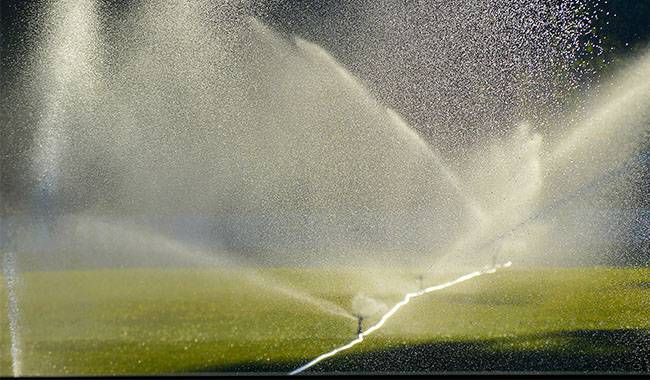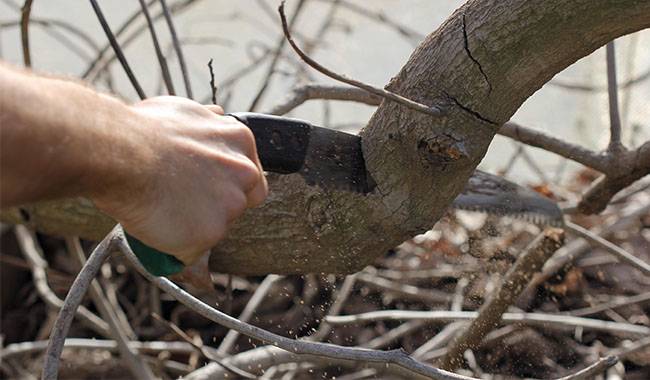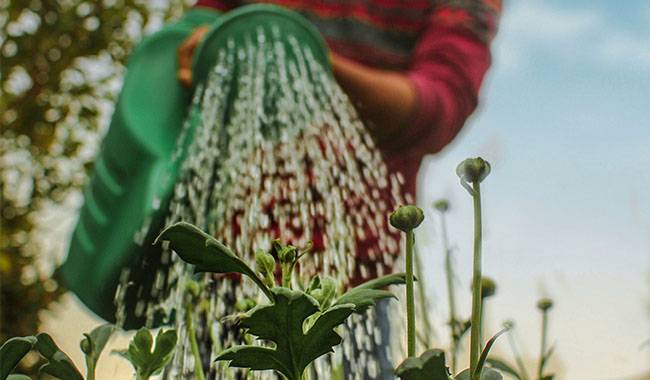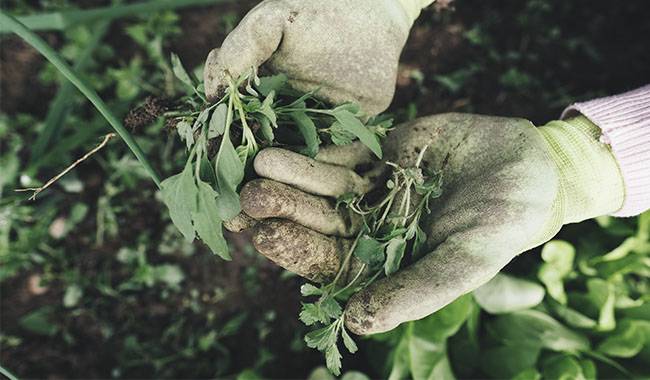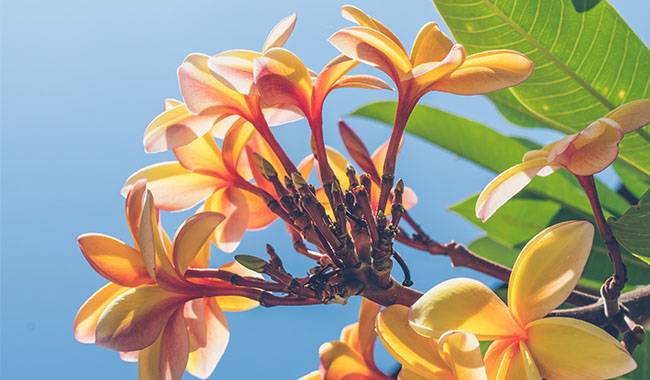
The joy of a flowering houseplant is always special. Even the simplest of plants can bloom as a reward for patience, proper care, and the right conditions, mixed with a sense of wonder and pride. To achieve bud appearance, bud development, and flowering at home, you need to create a comfortable environment for the plant. And many things can get in the way of flowering. While anticipation is excellent, it’s equally bittersweet and disappointing when the long-awaited flowers don’t arrive, and the buds suddenly start to bloom before your eyes. In this article, you’ll learn 10 common problems and solutions for houseplants that are nonflowering.
Some plants seem to flower almost by themselves, some require very strict adherence to temperature recommendations at all stages of development, and some require quite sophisticated care. But the flowering of all houseplants is determined by whether they are given the right conditions for their stage of development.
Light, nutrients, water, soil, and heat are “responsible” for plants’ proper development and flowering. And, while abnormalities and errors in foliage are not always visible, and some species can tolerate almost extreme conditions, flowering is extremely sensitive to inadequate needs and lack of (or excessive) attention.
The typical problems with flowering in-home pots are always the same. From no flowering to dropped buds to flowers that have bloomed, they are always a sign of our own mistakes.
Identifying the problems that cause flowering issues is not always easy. To avoid missing anything important, you need to analyze step by step, parameter by parameter, your plant conditions, and care compared to the standard, i.e., the basic requirements of the particular species. Eliminating any inconsistencies is the only way to solve problems and prevent them from occurring in the future.
Of course, pests and diseases can also cause blooming problems. But when you have to consider the plant’s health, it’s more of a matter of saving the planet than its flowers. And since pests and diseases mainly occur because unfavorable factors make the plant more susceptible, analysis is never a waste of time.
Let’s look at the top 10 flowering problems, the factors that most often lead to them – and how to fix them?
Non-flowering
The most obvious reason indoor plants don’t bloom is that they are not at the correct temperature during their dormant period and when they are ready to bloom. Not all plants need a cool overwintering period, but each species has its preferences for temperature and care during the dormant period. If these are not respected, it is difficult to expect flowers to bloom.
There are other reasons why houseplants may not bloom at all.
- Overfeeding or underfeeding.
- Lack of light.
- Insufficient air humidity.
- Planted in pots that are too large or not replanted when needed (roots appear in drainage holes).
Moving to a brighter location, adjusting watering and nutrients, controlling humidity in the air, and repotting in a pot and soil suitable for the species will help prevent the plant from deteriorating in time.
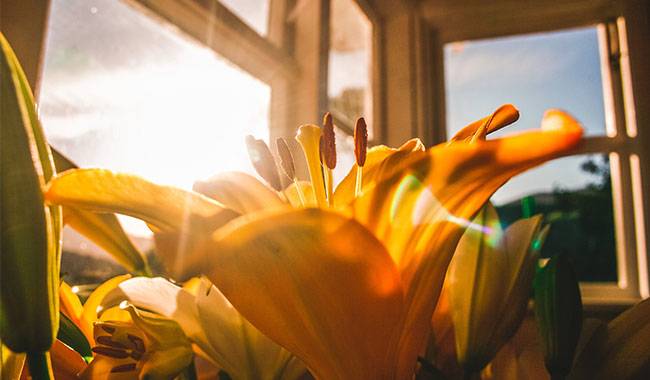
Delaying flowering during a vigorous growing season
Excessive nitrogen promotes green growth to the detriment of flowering. If larger leaves are grown, plants develop vigorously, and flowering is delayed, even if a dormant period is observed, it is always due to a nutrient imbalance. Fertilization should be temporarily stopped, or fertilizers with reduced or no nitrogen should be used.
Sparse flowering and few flower buds
Dormancy violations sometimes result not in flowering but only a few flowers instead of the expected “cloud.” However, other factors can also lead to poor flowering.
- low air humidity.
- Low humidity; insufficient light.
- Overfeeding the plants.
Increase humidity by using at least one pan of moist charcoal soil to check the dosage and frequency of feeding. However, if the lighting is a problem, it is worth moving the plants or switching to an auxiliary lighting system. And in the next year, extra attention should be paid to dormant conditions.
Deterioration of flowering, stunting, and yellowing of leaves
Sensitive plants, especially cacti, begonias, rhododendrons, and hydrangeas, can have typical problems such as stunted growth, gradual turn to shrivel, and poor flowering when watered with water that is not soft enough. If you control the water quality, you suspect a deficiency of iron, magnesium, or manganese (the latter exacerbated by thickened and brittle leaf edges).
How to solve this problem
- Use soft rainwater or melted water.
- Replace simple all-purpose fertilizers with species-specific products that have the right balance of macro and micronutrients.
- Introduce monomers – iron, magnesium, and manganese salts.
- Adjust the frequency of fertilizer application.
Flowers and buds drop without visible leaf damage
Sudden drop of “healthy” buds and flowers and drops of leaves without yellowing or wilting always indicate a sudden change in conditions and severe stress.
- Excessive cold or strong winds.
- Complete drying of the soil.
- Improper transportation after purchase and moving to a new home with very different conditions.
- Sudden move to a new location.
- Turning plants in relation to light sources.
- Close to radiators or air conditioners, the air is too dry for the species.
Plants that are potted too tightly or do not receive any nutrients sometimes respond to a lack of resources by dropping their flowers.
Dropping buds and flowers are easier to prevent, and if it has started, it can be slowed down to save at least some flowers. Plants need to be protected from drafts, enhanced care, and gentle transitions for at least a few days to mimic previous or greenhouse conditions – shade from direct sunlight, monitor the position of the canopy, increase humidity and prevent any extreme watering.
The presence of pests should not be ruled out either. However, careful inspection will help detect signs and promptly initiate pesticide treatments.
Drying out of buds in gradually shrinking bushes
If flower buds gradually wilt, leaf nematodes can cause the death of the entire plant. This can be suspected by the appearance of gradually whitening light-colored spots on green plants, shrinking of terminal buds, deformed parts of buds and leaves, and shrinking of leaves that other causes cannot explain. Unfortunately, it is not possible to fight this pest. The plant must be destroyed together with the substrate, and the pot must be thoroughly treated.
Brown spots on buds, flowers, pedicels, some flowers wilted and dried
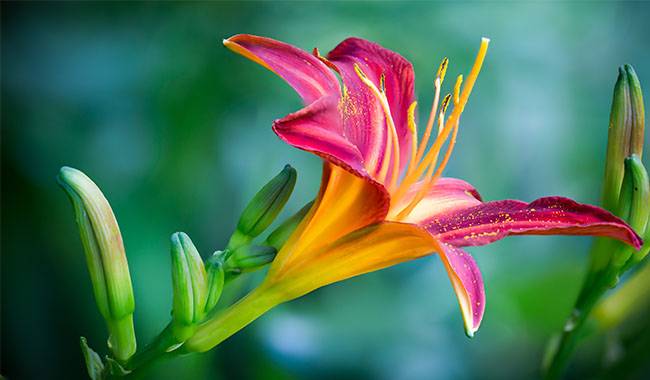
All parts of the plant, such as buds and flowers, gradually turn gray with brown spots over time, indicating the spread of decay. If parts of the leaves and inflorescences begin to turn brown and shrivel rapidly, softened spots appear on shoots, and leaves fall off, a root infection is worth suspecting. Check the condition of the soil as soon as possible (suspicion of dampness, odor, mold, etc.). Only by replanting or at least taking it out of the pot for evaluation (without changing the container) can the condition of the roots be fully checked. Roots that have turned brown and rotten with pink or white patches require immediate action.
How to deal with the problem.
- Carefully remove or flush the soil from the roots and cut off any damaged parts.
- Disinfect the roots in a fungicide solution and treat the wound with crushed charcoal.
- Plant the plants in the sterilized substrate and water them with extreme care, watching closely.
Badly affected plants will have to be destroyed. If the roots are not a problem, insufficient light and too much nutrition (especially in winter), high air humidity, and poor air circulation may have caused gray rot to spread to the above-ground parts of the plants without damaging the roots.
Light, brown, or yellowish spots of varying sizes on petals
Such brown spots or burns usually appear on flowers and buds after spraying, especially in direct sunlight. However, sometimes these spots can indicate the presence of thrips or lepidopterous insects, so it is always worth scrutinizing the plant. If there is any suspicion, it is best to take extra precautions in the form of a systemic insecticide rather than allowing the insects to spread and cause more damage.
Rapid wilting of flowers
If long-awaited flowers last only a few days instead of the expected weeks and fall off quickly, any major problems in care and temperature may have contributed to the problem.
- Generally, lack of phosphorus and fertilizer.
- Excessive watering or dry soil.
- Excessive temperatures during the germination stage.
- Lack of light.
Occasionally, improper soil acidification or insufficient soil can cause the flowers to fade quickly, but the leaves and shoots will usually show signs first.
Completely different causes can cause flowers to wilt before they are fully open. Dropping of open buds is caused by over-fertilization, over-fertilization, or extremely dry air. Both of these problems can be solved by simply stopping fertilization for a period of time, spraying more frequently, or installing a tray with wet pebbles.
Pull out flower arrows with light streaks and marbled foliage
Tulips, crocuses, daffodils, hyacinths, chrysanthemums, and other indoor garden plants (bulbs and some perennials) show mosaic virus. Unfortunately, this plant cannot be cured and will have to be destroyed.




